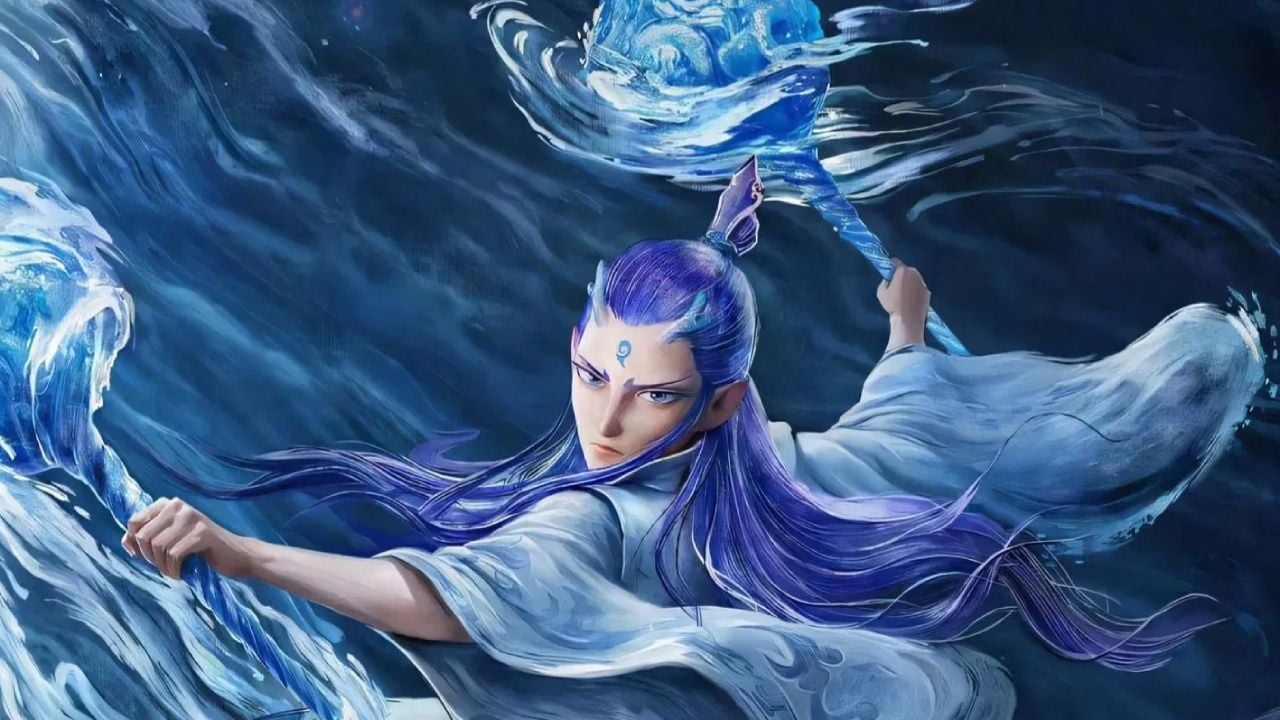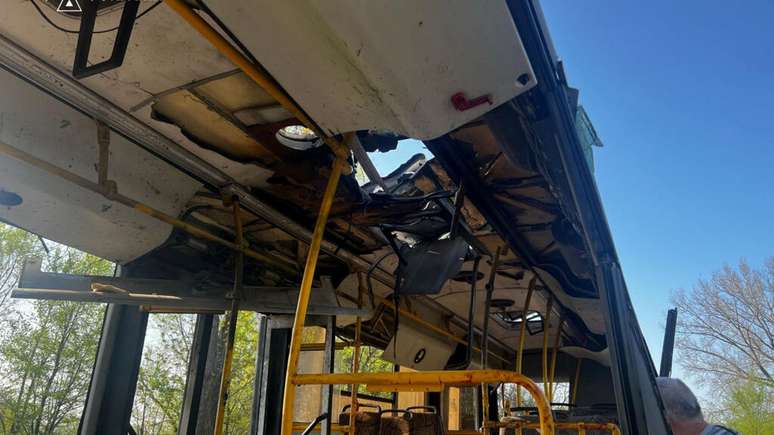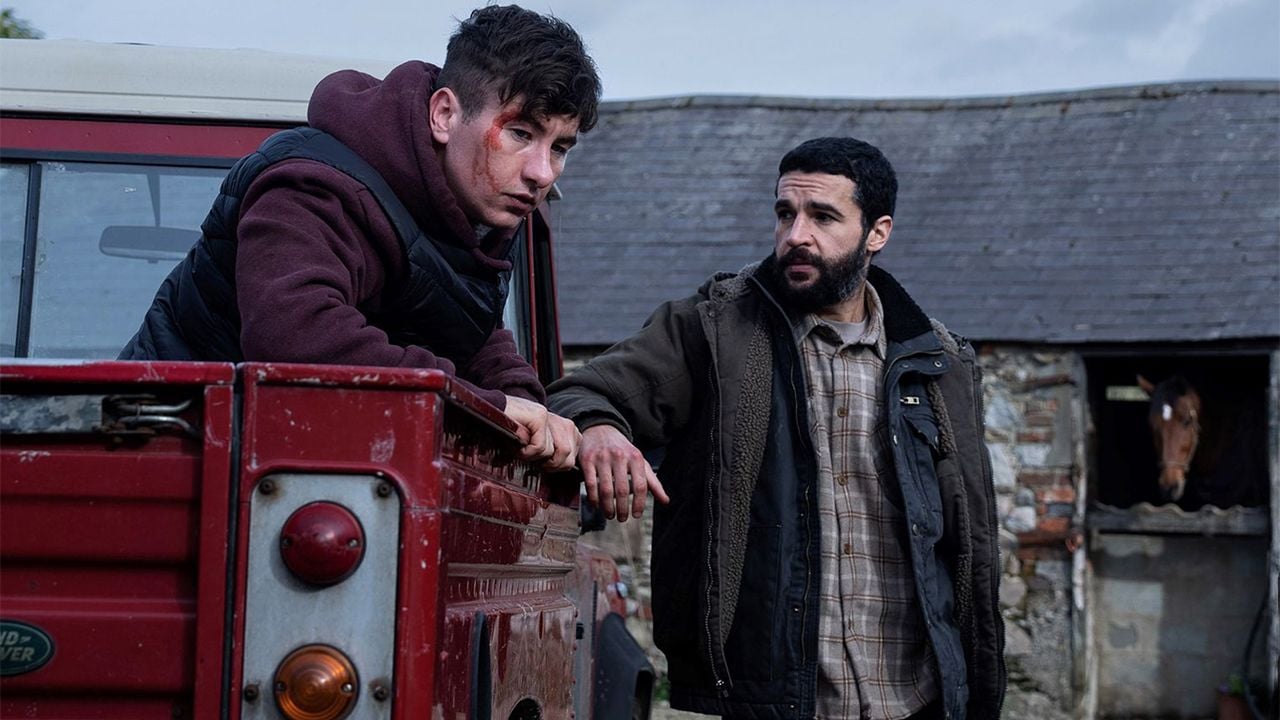Mocap, or Motion Capture, is a method currently widely used in video games and movies such as avatars and its sequence, Avatar: The Way of Waterpremiered this month.
With this advanced technology, characters created in CGI no longer cause weirdness, allowing for the creation of flawless and realistic animations. Some famous examples of the use of this technology are the first Avatar, from 2009, and its sequel, released this year, as well as films such as the trilogies The Planet of the Apes and The Lord of the Rings trilogy.
- Avatar 2: Find out who the actors behind the Na’vi are and watch the transformation
- How to know which stream your favorite movie or series is active on
- Multi+: Find out how to create your own streaming account for R$ 7.90 and rival Netflix
But what is the origin of this method, which attracts attention when we see behind the scenes films with actors wearing lycra suits and small ping-pong balls that mark their movements, and how has it evolved over the years years?
The origin of motion capture
Despite the technological level that the method has reached today, the mocap has existed since the 19th century, even before the creation of cinema. At the time, the method was only being used to improve understanding of human and animal movements.
In the late 20th century, before being co-opted by Hollywood, motion capture was a photogrammetric analysis tool in the field of biomechanics and was used for sports, education and even video games such as prince of Persia🇧🇷 The fundamentals of mocap are as follows: you have real participants who provide a model of human movement and translate that movement into another medium.
The first example of the entertainment industry using motion capture is probably the short films of animator Max Fleischer. In 1915 he developed the Rotoscope, a concept in which animators traced frames of live-action film to give cartoon characters a recognizable fluidity, or photorealistic look. The series Out of the inkwell de Fleischer used this method, including animated classics such as Koko the clown and fitz the dog🇧🇷
So a boy from Walt Disney liked what he saw in the method. Looking for new and exciting ways to bring his characters to life, Disney took to rotoscoping, otherwise known as live-action referencing, and began experimenting with its use in feature films. In 1937, the company released its first feature film, Snow White and the Seven Dwarfs, which was animated by filming actors playing the roles and then tracking the motion they provided. It was a resounding success and Disney used rotoscoping for many other films including Peter Pan🇧🇷 Alice in Wonderland and Sleeping Beauty🇧🇷
The evolution of the technique
In the decades that followed, motion capture didn’t progress much, even though rotoscoping never stopped being used. In 1978, Ralph Bakshi used the technique to animate his own Lord of the Rings and followed it up with american pop (1981) and Forbidden world (1992), starring Brad Pitt alongside an animation by Kim Basinger. Already in the 21st century, director Richard Linklater adopted the rotoscoping technique in the 2001 experimental drama, Waking life and further on The double manof 2006. But, at that point, motion capture was already beginning to be used in a different way.
The film Sinbad: At the edge of adventure, despite not being as well known, is a huge milestone in the history of mocap, occupying the position of the first film ever made primarily with motion capture. Although the film used traditional animation in some parts, most of the character’s movements were shot using an innovative 3D optical technique, where the actors played their roles in front of the camera covered by dozens of tiny reference markers , triangulating their movements on a computer. .
Hollywood was quick to adopt this method of optical motion capture and the results it delivered. Because it was very expensive and labor intensive, the mocap was used sparingly at first. Arnold Vosloo used tracking lights for some special effects shots The Mummywhile Ridley Scott nabbed 2,000 extras for Gladiator and replicated them en masse for realistic looking crowd scenes.
Motion capture was fast becoming an essential tool in the visionary filmmaker’s arsenal. George Lucas dabbled in motion capture in 1999, with Ahmed Best providing the moves for Jar-Jar Binks in Star Wars: Episode I – The Phantom Menace in a “fitted wetsuit” on which the animators painted the Gungan .
Although ultimate fantasy (2001) was a great failure and generated a huge loss, the film served as a reference in the evolution of the motion capture method. 1,327 live action scenes were filmed in it and later mapped into digital animation. Even the film’s harshest critics had to admit that the visuals were stunning.
But mocap’s heyday was yet to come. Also in 2001, Peter Jackson briefly introduced the character of Gollum, in The Lord of the Rings: The Fellowship of the Ring🇧🇷 In 2002, when Gollum appears in full and gains space in the plot of the second film, motion capture technology evolves. The two Towers it was the first film to use real-time full motion capture. I mean, the actor, dressed in skintight clothing and ping-pong balls, could be on set, outdoors, with other actors, right now.
This crucial difference was crucial: the actors no longer needed to deliver the motion capture at a later time and in a separate place, away from the action: they could play their roles as if they were in the flesh. Andy Serkis’ performance was part of why the Lord of the Rings movies were so well received, as was WETA’s mastery of technique.
Serkis would even pioneer the process, co-founding his own studio and cornering the market for CGI characters that needed a human touch. Meanwhile, other filmmakers were realizing the limitless benefits of mocap: Director Ang Lee even donned a spandex space suit and provided selected motion capture footage for Eric Bana’s Hulk.
Director Robert Zemeckis took the idea and brought it to a whole new level. The Christmas tale The Polar Express was shot using new motion capture techniques, and thanks to the box office surge of 3D IMAX showings, the film was a huge success.
Subsequent films from Zemeckis’ ImageMovers studio, however, received less enthusiastic responses from audiences: beowulf failed, while Scrooge’s ghostswith Jim Carrey, failed to repeat the success of The Polar Express🇧🇷
The reason many believe audiences reacted poorly to Zemeckis’ later films was something called the ‘uncanny valley’ – a state achieved when animated films look almost human…but not human enough. The brain is tricked by photorealistic images and recognizable movement, but a small element forgoes the effect, making the image unpalatable to viewers.
While the photorealistic approach to animation was short-lived, motion capture was put to good use in good old-fashioned cartoon animation. In 2006, two of the three Academy Award nominees for Best Animated Feature used motion capture: the winner Happy feet and the animation The house of monstersproduced by Zemeckis, were made with mocap, while Cars, from Pixar, no. Pixar has never been a huge fan of the technique, preferring to let its animators use their instincts to inform their art rather than raw data. the credits of Ratatouille 2007 proudly boasted the statement “100% Pure Animation – No Motion Capture!”
James Cameron enters the scene
As is often the case, James Cameron changed the game. The director has been waiting more than a decade for technology to catch up with his vision for his ambitious project, avatars🇧🇷 Cameron pioneered a new system which he called “virtual camera”, a new way of filming.
As the actors provided motion in Cameron’s mocap playroom (nicknamed “The Vault”) and “performance capture” mapped out the smallest facial expressions of his cast, the director was able to see their CGI performances broadcast live on the your monitor, inhabiting the entire digital world of Pandora.
Cameron called the virtual camera a “pure form of creation”. Even Steven Spielberg was impressed by the technology, later using it for his animated film, The Adventures of Tintin🇧🇷 Combining the best live performance footage and digital art, the avatars by James Cameron has grossed more than any other film in the history of the box office.
The technique hasn’t really evolved until Planet of the apes the origin, in 2011. The simian character Caesar – the film’s protagonist – was the most ambitious use of technology yet. Andy Serkis is back in the thick of the action and with cutting-edge technology extracting every nuance from his performance, the prelude to The Planet of the Apes he’s come closer than ever to accomplishing the impossible: he’s almost made you forget that Caesar isn’t a real ape.
Serkis’ performance as Caesar was so well received that there were even calls from some quarters for the motion capture performance to be officially recognized at the Oscars.
Cameron waited thirteen years to release a new one avatars, waiting for the technology to evolve again. Although many criticisms are leveled at the narrative of The water way the technique is impeccable. In the video below, where motion capture is shown in detail, producer Jon Landau highlighted the technological leap between avatars (2009) and its sequel, mainly in face capture. “We’re capturing much higher performance fidelity,” she says.
The motion capture technique is widely used in audiovisuals and Sony also recently launched a product called Mocopi, which allows anyone to capture their movements and use them in avatars in the metaverse.
The post Mocap: Knowing the origin and evolution of the technology used in Avatar appeared first in Olhar Digital.
Source: Olhar Digital
Camila Luna is a writer at Gossipify, where she covers the latest movies and television series. With a passion for all things entertainment, Camila brings her unique perspective to her writing and offers readers an inside look at the industry. Camila is a graduate from the University of California, Los Angeles (UCLA) with a degree in English and is also a avid movie watcher.





